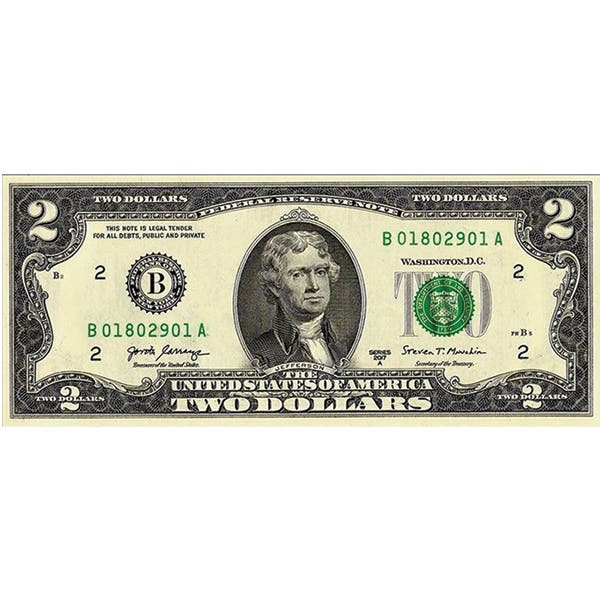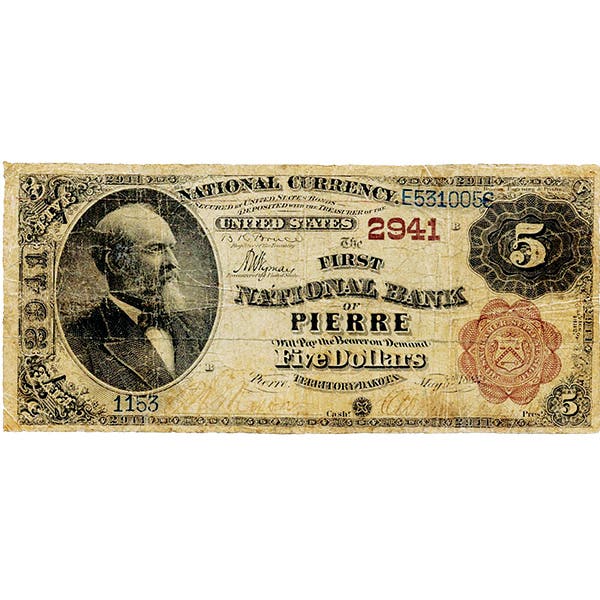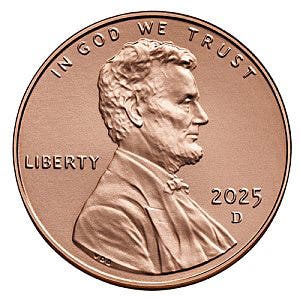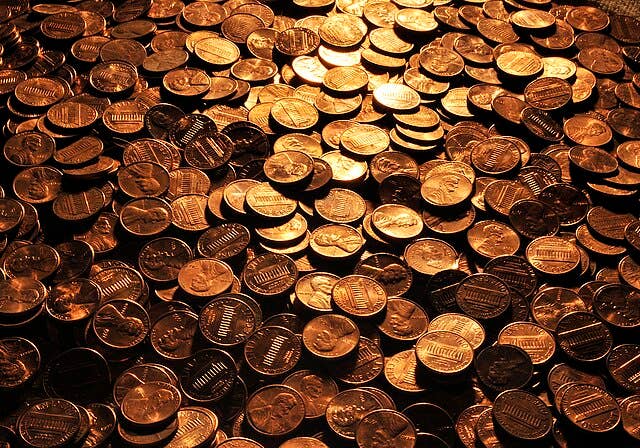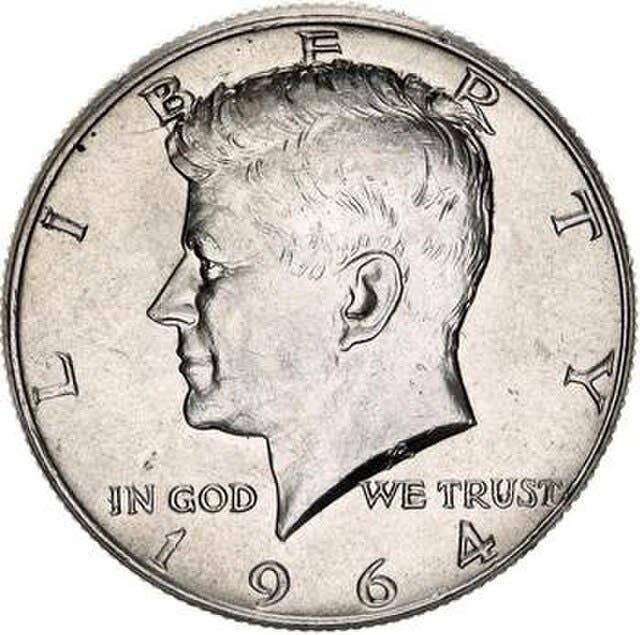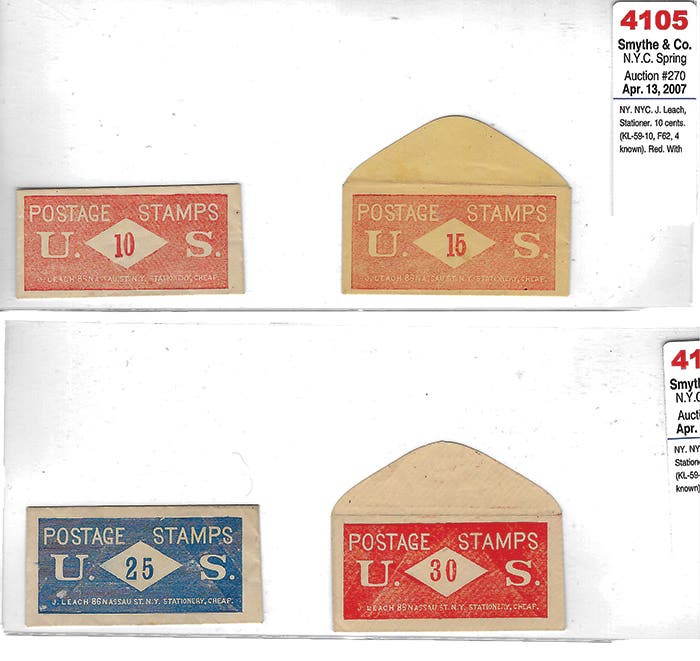Case for fiat U.S. money just so sad
Tom Altvater wrote for the July 20 Numismatic News Viewpoint some of his opinions about gold and money. It would be funny if it weren’t so sad.
This article was originally printed in Numismatic News.
>> Subscribe today!
Tom Altvater wrote for the July 20 Numismatic News Viewpoint some of his opinions about gold and money. It would be funny if it weren’t so sad. I’ll just quote his first two paragraphs and then comment.
“It is no longer the basis for money, except in the minds of a few. There is not enough gold in the world to go back to the gold standard. Let’s also drop the reference to fiat money, money that is backed by decree. Fiat should be on the hood of a car, but not in reference to the dollar.
The strength of the economy determines the value of the monetary system. That system is tightly controlled in the United States by the Federal Reserve system using regional banks to provide the stability. The ability to quickly infuse funds into the economy when called for is a strength of the Federal Reserve to control deflation or inflation.”
My comments:
Most unfortunately the basis of money is whatever governments decree to be money and what they require to be money is backed by coercion and force. If you don’t believe it, then just try to pay your taxes in something other than “money” payable in Federal Reserve Notes.
If there is not enough gold in the world to go back to the gold standard, then why don’t we use fresh potable drinking water as the standard? O.K. I’m really just kidding. But money backed only by paper is still just fiat money and should not be confused with the name of the Italian car. Wishing to not call the dollar fiat money won’t make it so. Possibly the most curious thing is that if gold isn’t important to the governments of the world then why do they continue to hoard it? A supposedly insignificant commodity like gold should be sold off by all the governments because they don’t “need” any of it any more.
Perhaps Mr. Altvater has forgotten one of gold’s truly great properties, divisibility. Gold is also extremely malleable, ductile and much rarer and desired than aluminum. And aluminum is in great abundance in mineral forms. I also believe he is confusing quantity with convertibility. Gold doesn’t have to back U.S. dollars at the historical rate of one ounce for $20, or even one ounce for $1,200.
The U.S. government could easily announce that the U.S. dollar will have a guaranteed convertibility of $250,000 (or some other suitable ratio) to one ounce of gold. In fact, it could explicitly be put into the Constitution if enough people demanded it. The real reason for gold not backing money should be obvious by now. Governments love the inflation they control by increasing the fiat money supply. It gives them the power to destroy debt and grow taxes along with other powerful things.
But for some most amusing reason, the one-ounce coins that the U.S. now produces have a stated face value of $50 each, vaguely implying that the U.S. dollar is sound even though it has officially lost at least 95.5 percent of its purchasing power since January 1913 (according to official Bureau of Labor statistics: 9.8 / 218.178 = .0449 rounded). Anybody want a good five-cent dollar bill?
Mr. Altvater also claims that the economy determines the value of the monetary system. If this were always true then a bad monetary system (e.g., one with unlimited money printing and distribution through corporate and social welfare programs or artificial growth in credit via fractional or non-existent reserves) wouldn’t destroy any economy. But since governments control monetary systems, they often have the power to destroy the economy. They do this by excessive taxes, spending, “money” creation and credit expansion and contraction. Eventually somebody pays for all the “free lunches.”
As far as praise for the Federal Reserve System goes, I would suggest any one of the following three summer reading selections by Murray N. Rothbard to challenge any bias anyone might still have in favor of the Fed:
1) What Has Government Done to Our Money
2) The Case Against the Fed
3) Man, Economy and State with Power and Market
And one more interesting book, written before the latest real estate and stock market bubble crashes, “Conquer the Crash: You Can Survive and Prosper in a Deflationary Depression” by Robert R. Prechter Jr.
And for those who don’t want to spend their hard earned greenbacks on books I suggest the following free internet website for a start: http://mises.org/efandi/ch17.asp
And one more note of caution: if it looks like and behaves like a pyramid party or a Ponzi scheme then it might turn out to be one. Don’t hang on too long, for after declining in value an average of one percent per year, most of which occurred after 1933, the greenbacks are looking like something that will continue to lose buying power. All it will take is a resurgence of inflation.
Gerald Perman is a hobbyist from Los Angeles, Calif.
Viewpoint is a forum for the expression of opinion on a variety of numismatic subjects. The opinions expressed here are not necessarily those of Numismatic News.
To have your opinion considered for Viewpoint, write to David C. Harper, Editor, Numismatic News, 700 E. State St., Iola, WI 54990. Send e-mail to david.harper@fwmedia.com.
More Coin Collecting Resources:
• Subscribe to our Coin Price Guide, buy Coin Books & Coin Folders and join the NumisMaster VIP Program




